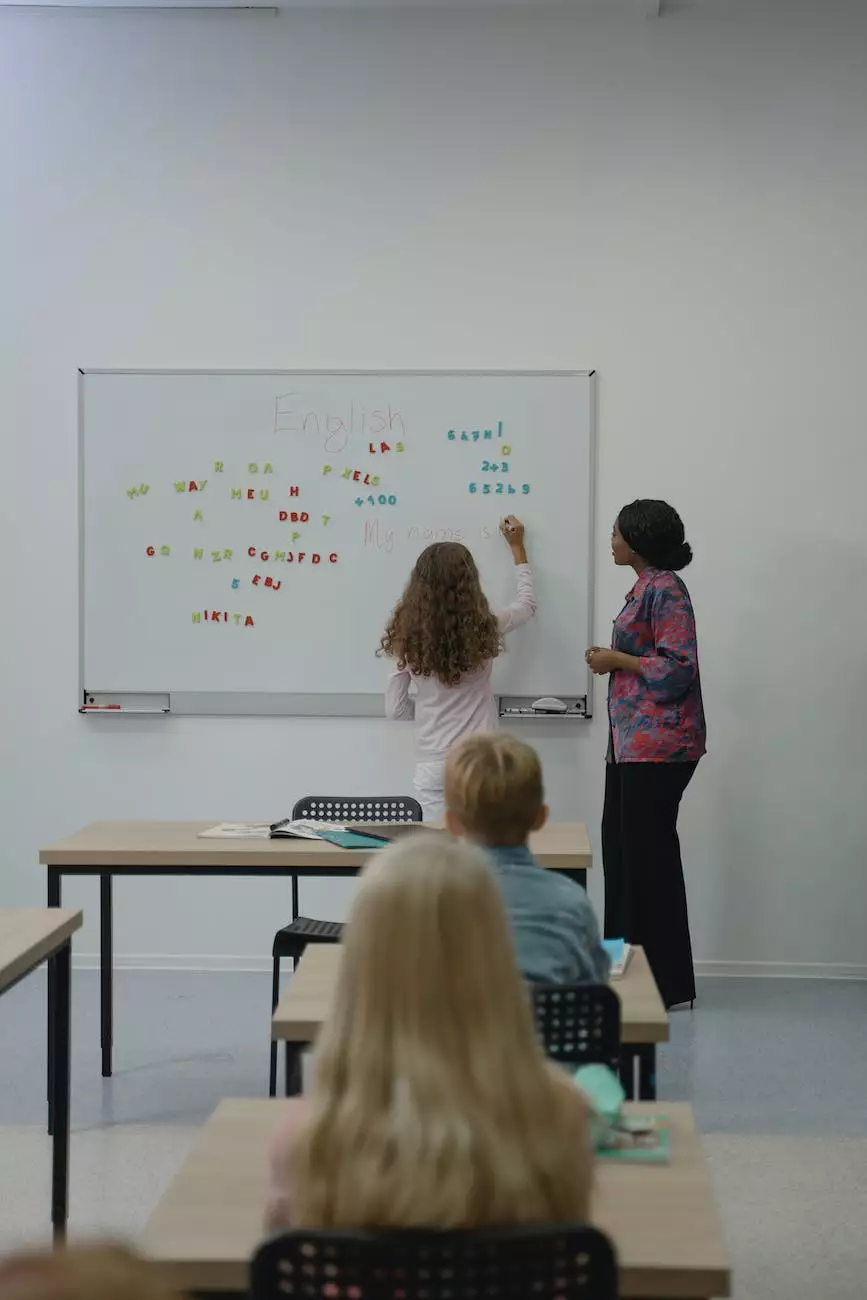The Future Progressive vs. Simple Future Tense
English Grammar Lessons
Introduction
Welcome to NJCLT's comprehensive English grammar lesson on the Future Progressive and Simple Future Tense. In this lesson, we will explore the differences between these verb tenses and provide you with examples and usage tips to help you master them.
What is the Future Progressive Tense?
The Future Progressive tense, also known as the Future Continuous tense, is used to describe ongoing actions or events that will happen in the future. It indicates an action that will be in progress at a specific point in time.
Formation
The Future Progressive tense is formed by using the auxiliary verb 'will' followed by the verb 'be' in its base form (am, is, are) and the present participle (verb + -ing).
Examples
1. I will be studying for my exams tomorrow.
2. She will be working on a new project next month.
3. They will be traveling to Europe during the summer.
What is the Simple Future Tense?
The Simple Future tense is used to describe actions or events that will happen in the future. It indicates a single action that will take place at some point later.
Formation
The Simple Future tense is formed by using the auxiliary verb 'will' followed by the base form of the main verb.
Examples
1. I will study for my exams tomorrow.
2. She will work on a new project next month.
3. They will travel to Europe during the summer.
Differences between the Future Progressive and Simple Future Tense
While both the Future Progressive and Simple Future tenses refer to future actions, there are key differences between them in terms of their usage and structure.
1. Continuous vs. Single Action
The Future Progressive tense emphasizes ongoing actions in the future, whereas the Simple Future tense focuses on single actions. The Future Progressive suggests continuity and duration, while the Simple Future indicates a one-time event.
2. Time References
In the Future Progressive tense, time references are often used to indicate the specific point in the future when the action will be in progress. On the other hand, the Simple Future tense does not require explicit time references as it indicates a general future occurrence.
3. Structure
The Future Progressive tense requires the auxiliary verb 'will' followed by 'be' and the present participle form of the verb. In contrast, the Simple Future tense only requires the auxiliary verb 'will' followed by the base form of the verb.
Conclusion
Mastering the Future Progressive and Simple Future tenses is essential for expressing future actions accurately in English. Understanding the differences between these verb tenses helps you convey the intended meaning with precision. Practice using both tenses and observe how they are used in various contexts to enhance your language skills.
Further Resources
- For more practice exercises, visit NJCLT's Grammar Practice section.
- Check out NJCLT's blog for additional grammar tips and language learning advice.
- Join NJCLT's online English courses to gain comprehensive knowledge of English grammar.










